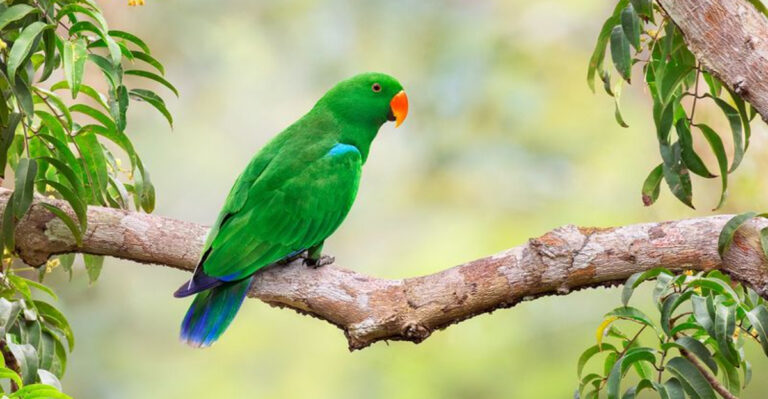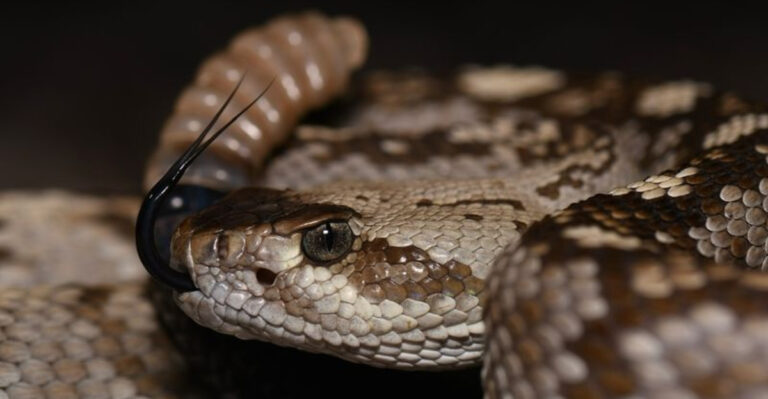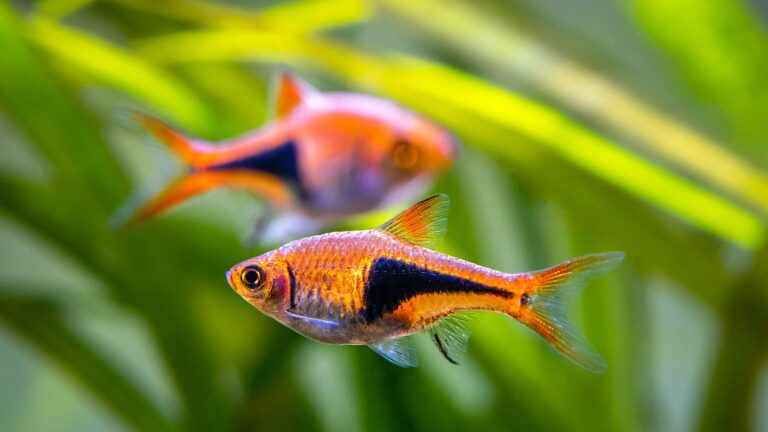These 16 Animals Represent Entire Countries – And They’re Awesome
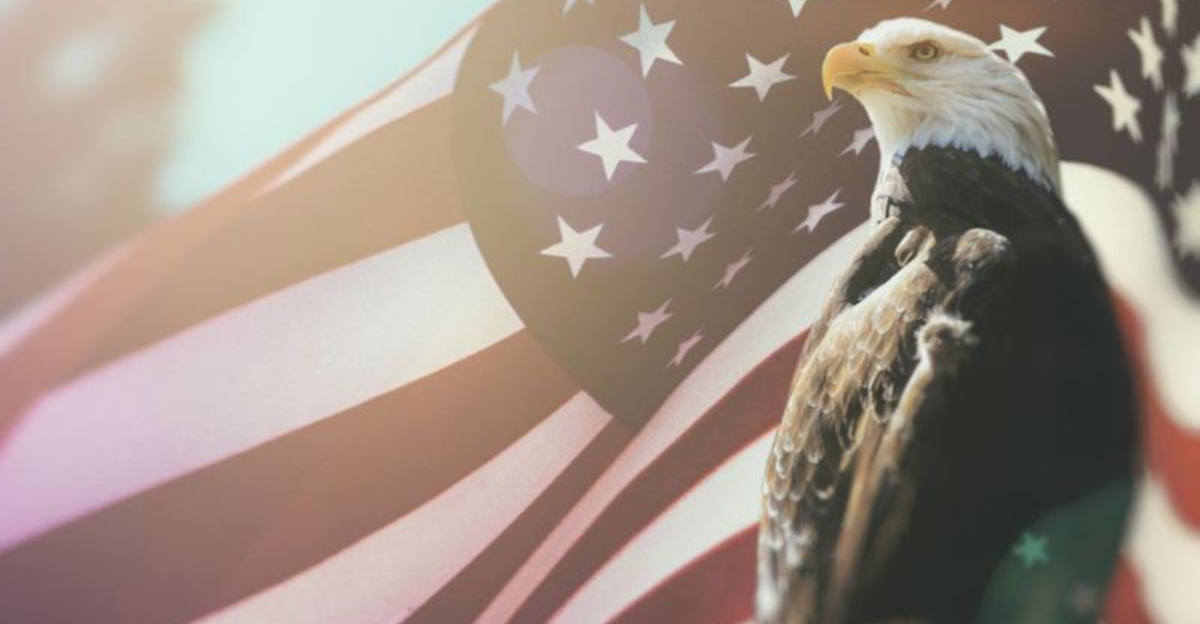
Animals have long been symbolic of nations, representing the heart and soul of their cultures. These creatures carry the essence of the values and traits that define their people.
In this post, we’ll explore animals that stand as national symbols, showcasing the unique bond between these creatures and the countries they call home.
1. Axolotl – Mexico
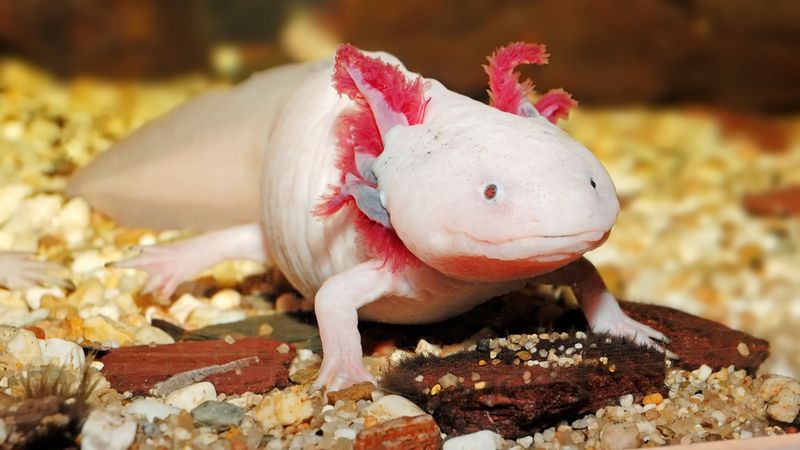
Imagine a creature that seems to have stepped out of a fantasy tale. Meet the axolotl, Mexico’s unique national symbol.
Known for its enchanting appearance, this amphibian retains its juvenile features throughout life. With feathery gills and a perpetual smile, it’s no wonder it’s captured hearts worldwide.
The axolotl is not just a pretty face—it has remarkable regenerative abilities. Capable of regrowing lost limbs, it symbolizes resilience and renewal.
In Mexico, it’s seen as a guardian of the lakes, embodying the spirit of perseverance amidst challenges.
2. Kangaroo – Australia
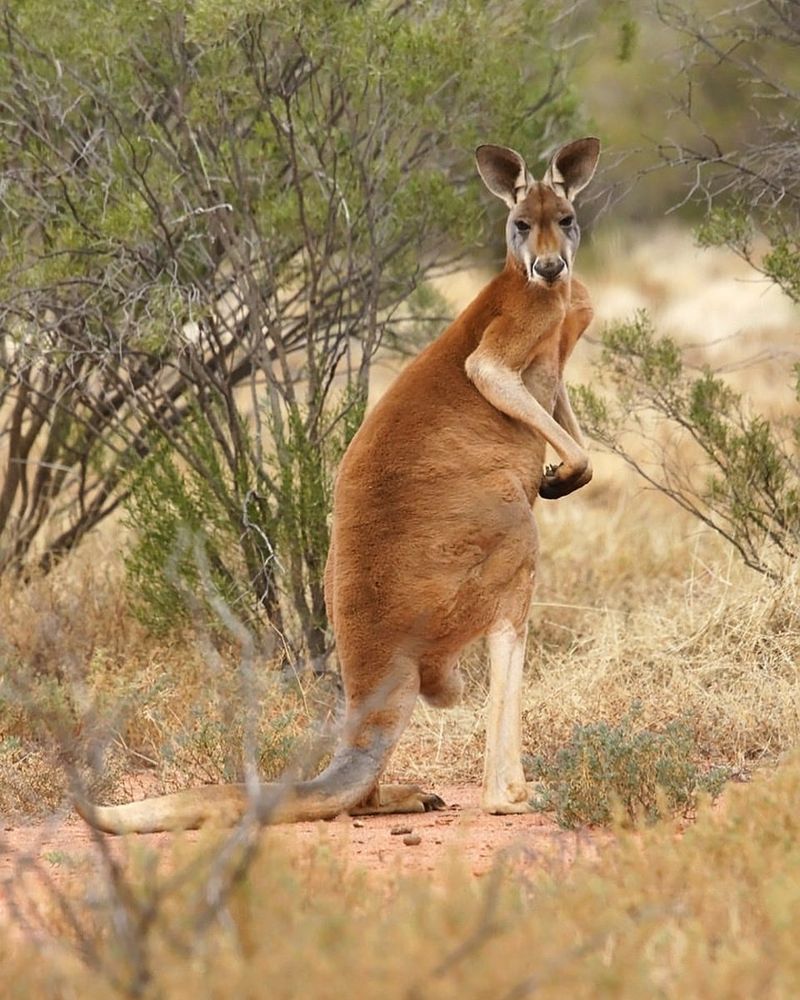
Ever seen a kangaroo and thought, “This creature *gets* Australia”? It’s not just a hopping marsupial—it’s a symbol of the nation’s adventurous spirit.
With their powerful hind legs, kangaroos represent progress and forward motion, which is why they’re featured on Australia’s coat of arms. That’s some serious national cred!
They’re social critters, often hopping around in groups, or “mobs,” showing the Aussie love for community. Plus, their pouch is a perfect symbol of care and protection.
Kangaroos aren’t just cute—they play an important role in nature by helping with seed dispersal and controlling vegetation.
3. Wisent – Poland
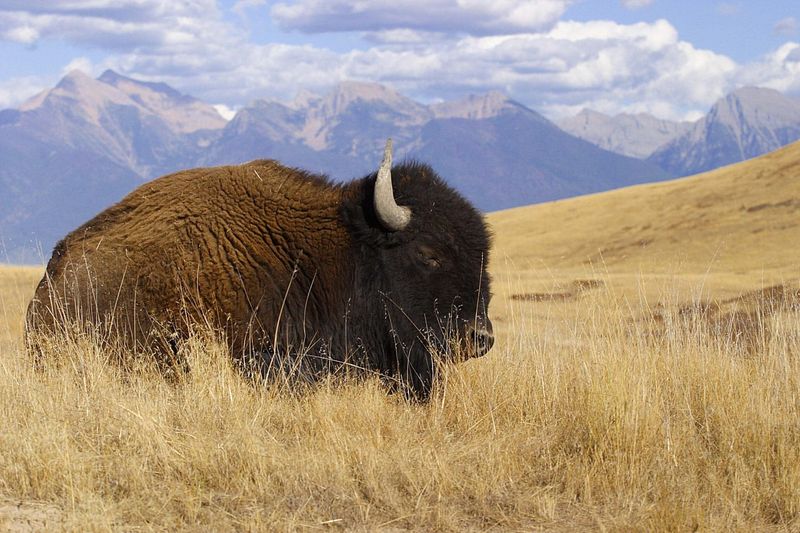
The European bison, or wisent, is a symbol of strength and resilience in Poland. Once nearly extinct, it now thrives in the ancient Białowieża Forest, thanks to conservation efforts.
As the largest land mammal in Europe, the bison reflects Poland’s enduring connection to its wild landscapes and rich history.
The success of conservation programs has been key in restoring the bison population, underscoring the importance of protecting biodiversity.
4. Lion – United Kingdom
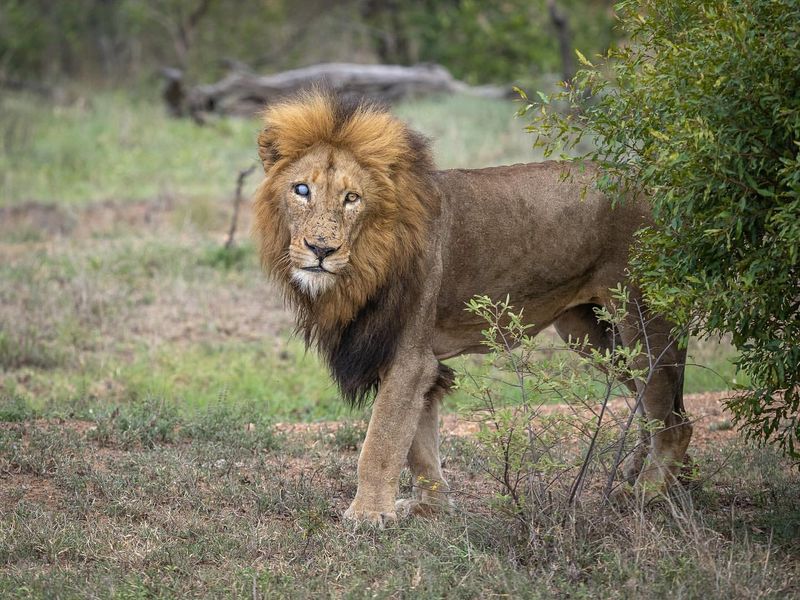
Ever wonder why the lion is called the ‘King of Beasts’? It’s because this majestic creature has symbolized strength and courage for centuries, especially in the UK.
As part of the Royal Coat of Arms, the lion represents British power, dignity, and leadership, showcasing the nation’s historical grandeur. Pretty regal, right?
The lion’s image has inspired everything from medieval heraldry to modern brands, weaving its way through British art and culture. It’s like the ultimate muse!
5. Kiwi – New Zealand
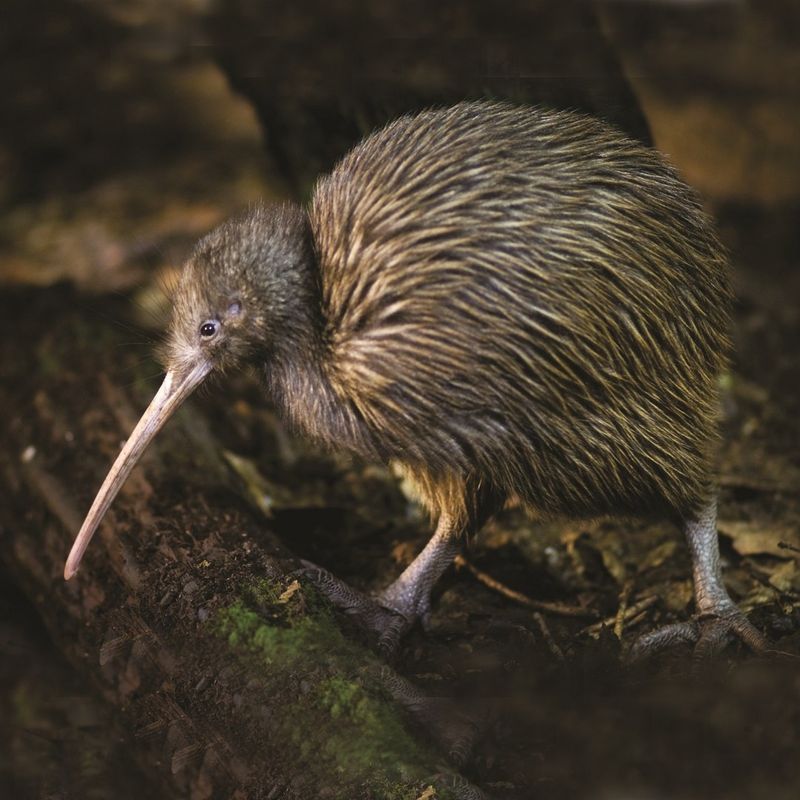
The kiwi isn’t just a fruit—it’s New Zealand’s ultimate symbol!
This flightless bird, with its quirky beak and nocturnal lifestyle, embodies the country’s spirit of perseverance and resilience.
Despite not being able to fly, the kiwi thrives on the ground, adapting to its environment in clever ways.
Much like the people of New Zealand, it faces challenges head-on with resourcefulness.
6. Himalayan Monal – Nepal
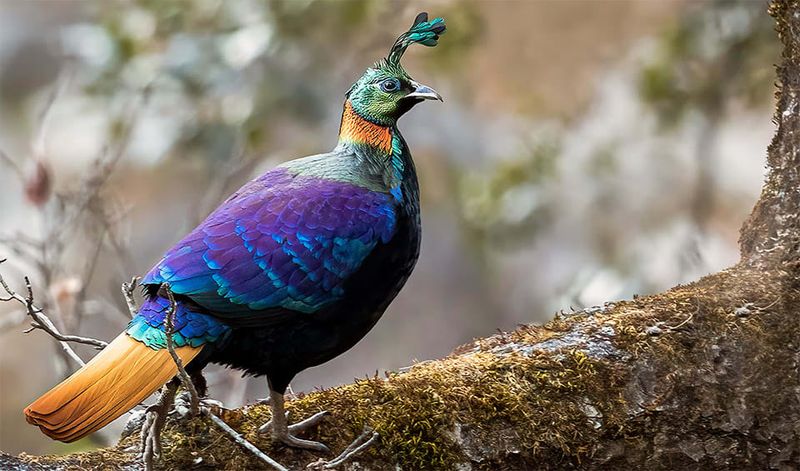
With feathers shimmering in a brilliant array of colors, the Himalayan Monal is truly a sight to behold.
As the national bird of Nepal, it represents the vibrant and diverse culture of the nation. Found in the high altitudes of the Himalayas, the Monal’s striking appearance is matched by its elusive nature.
The bird’s iridescent feathers make it a jewel among the avian world, reflecting the hues of the sun-drenched mountains.
In Nepali culture, the Monal is often symbolic of beauty and grace, celebrated in traditional art and literature.
7. Springbok – South Africa
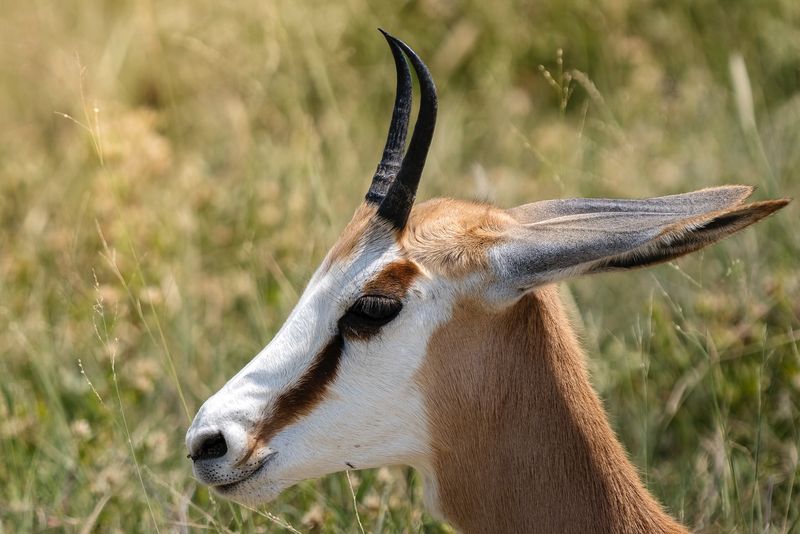
The springbok is more than just a graceful antelope—it’s a symbol of South Africa’s agility and resilience.
Known for its energetic leaps, or “pronking,” this little dynamo embodies the vibrant spirit of the nation.
Thriving in the tough savannah, the springbok shows off its adaptability in harsh environments.
Just like the people of South Africa, it thrives through resourcefulness and strength.
You’ll find the springbok proudly displayed on the national rugby team’s emblem, cementing its place in South African culture.
8. Gallic Rooster – France
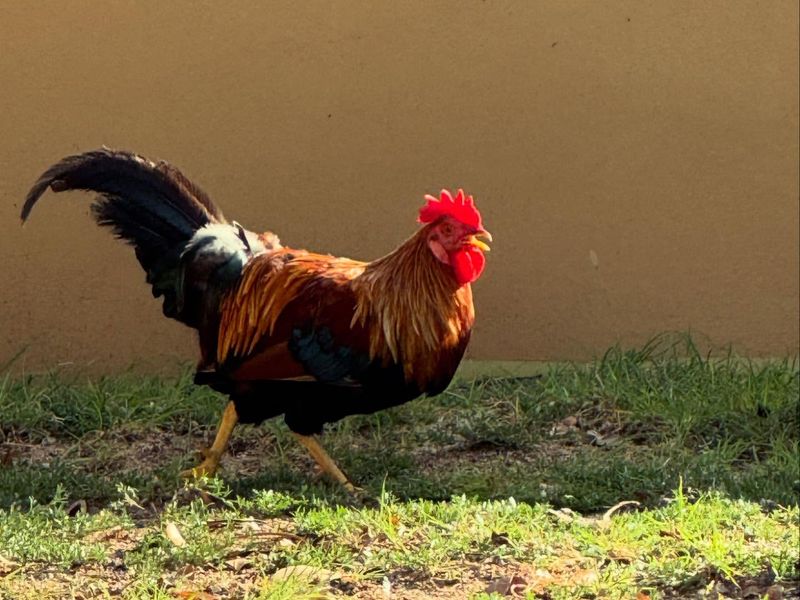
The Gallic rooster, or “coq gaulois,” is more than just a bird—it’s France’s spirited symbol! Known for its bravery and loud crowing, it’s a true embodiment of French pride.
This feisty fowl has deep roots in French history, becoming a symbol of the Republic during the French Revolution.
Its crow at dawn? A reminder of vigilance and the start of something new.
The rooster also represents rural life and the agricultural traditions that have shaped French culture. It’s not just a symbol, but a reflection of France’s heritage.
9. Tiger – India
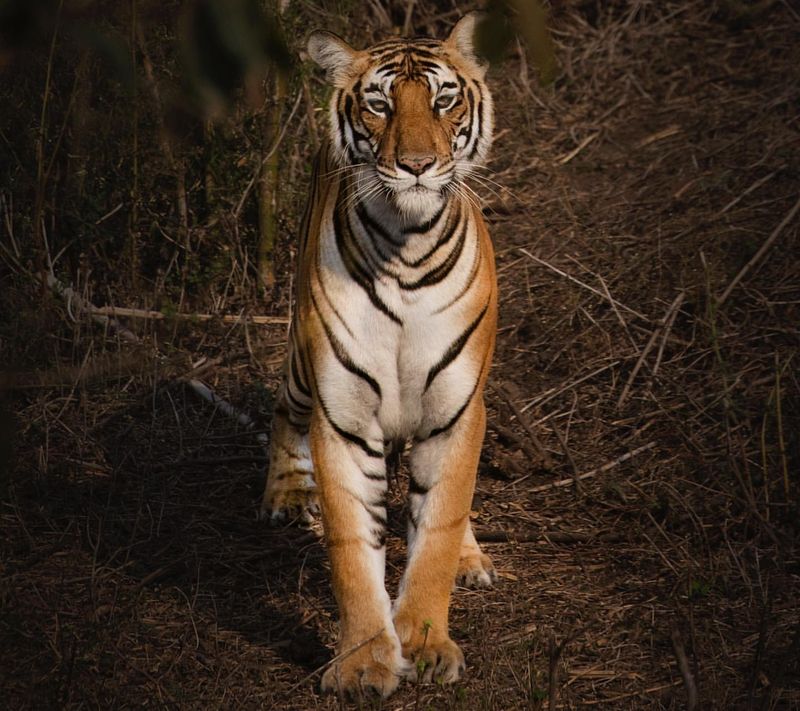
Wonder why the Bengal tiger is such a big deal in India? With its powerful presence and striking look, it’s the ultimate symbol of India’s wildlife and spirit.
Known for its strength, agility, and fierce resilience, the tiger represents India’s cultural and natural heritage. It’s not just an animal; it’s a national icon.
From mangrove swamps to dense forests, tigers prove their adaptability, much like India’s diverse culture. They’re a symbol of unity in diversity.
But tigers are in trouble, facing threats from poaching and habitat loss.
10. Beaver – Canada
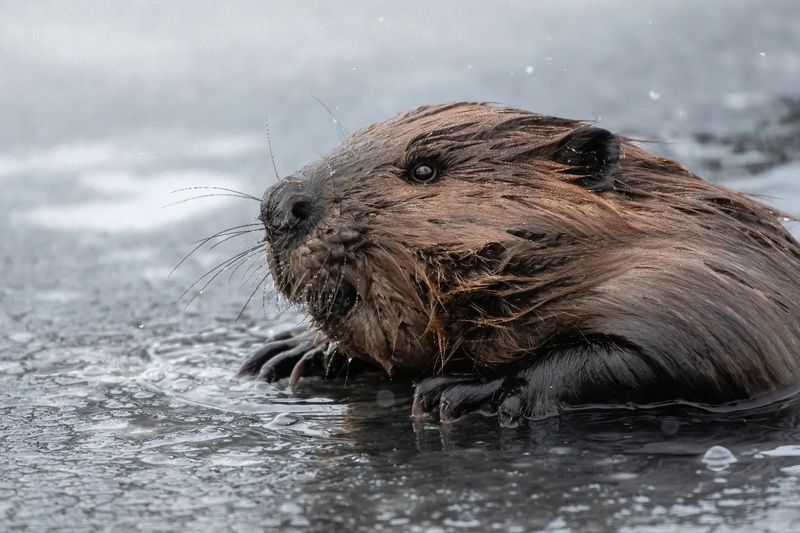
The beaver isn’t just a cute critter—it’s Canada’s symbol of hard work and ingenuity. Known for building impressive dams, it perfectly represents the resourcefulness and determination of the Canadian spirit.
The beaver’s impact goes beyond its work ethic—it plays a key role in shaping the landscape, creating wetlands that support diverse wildlife.
Social creatures, beavers live and work together in family groups, mirroring the cooperative spirit that’s central to Canadian society. It’s all about teamwork!
11. Bald Eagle – United States
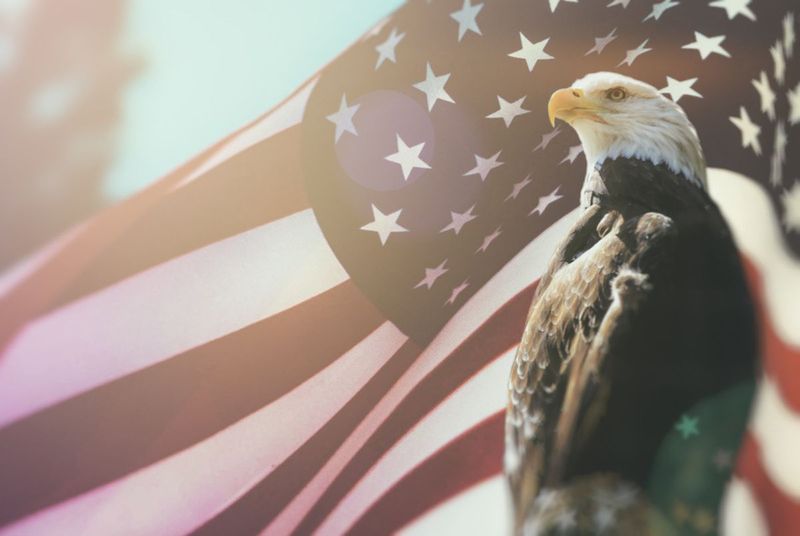
Ever wonder why the bald eagle is so iconic? It’s not just because it looks fierce—it’s a symbol of freedom and strength.
Chosen as America’s national emblem back in 1782, this bird embodies independence and resilience. Its sharp eyesight and powerful hunting skills make it a top predator.
Beyond its role in government seals, the bald eagle is sacred in many indigenous cultures, seen as a bridge between heaven and Earth. Pretty deep, right?
Thanks to conservation efforts, it made a comeback from near extinction, now symbolizing both strength and environmental care.
12. Panda – China
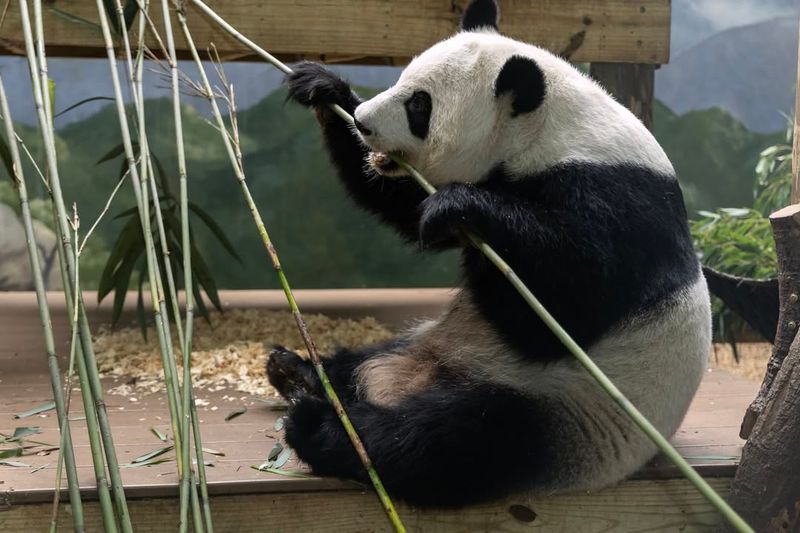
The giant panda isn’t just adorable—it’s a symbol of peace and friendship in China.
With its black-and-white fur, this gentle creature embodies the balance between nature and humanity.
Living in China’s bamboo forests, pandas’ diet of bamboo reflects ecological wisdom and sustainable living, values deeply embedded in Chinese culture.
As an endangered species, the panda has become a global symbol of conservation, inspiring efforts to protect wildlife.
13. Elephant – Thailand
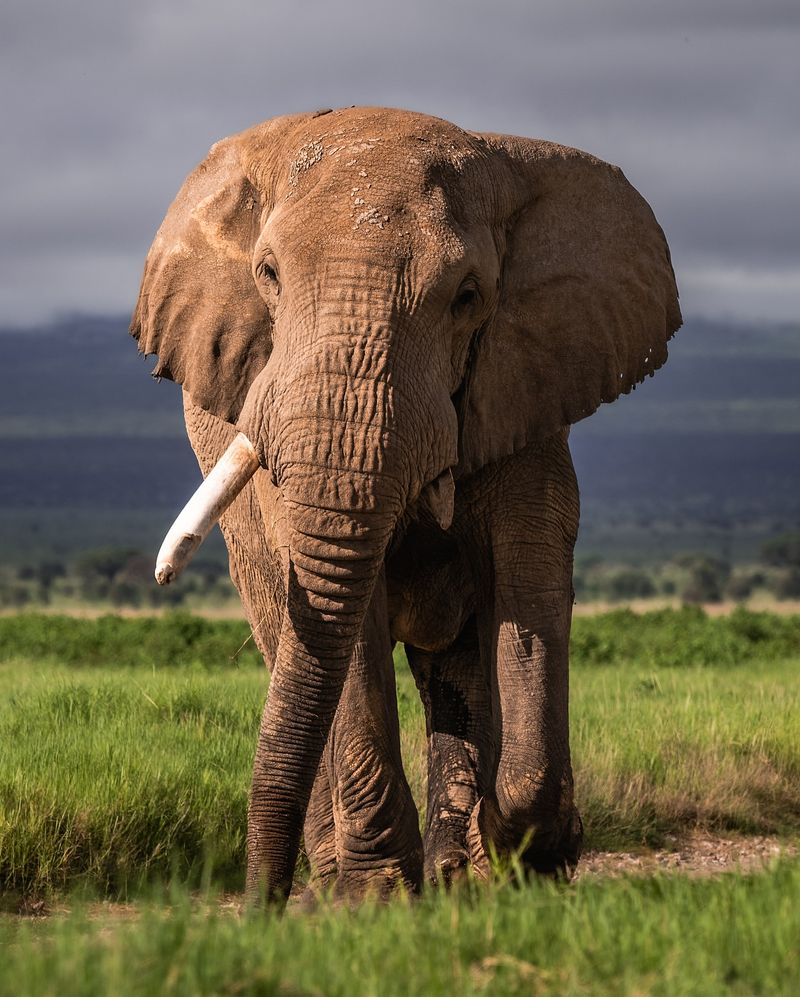
Ever wonder why elephants hold such a special place in Thailand? They’re symbols of wisdom, strength, and good fortune, deeply woven into the country’s cultural fabric.
The white elephant, in particular, is sacred, representing royal power and prosperity. It’s like the country’s ultimate good luck charm!
You’ll spot elephants in Thai art, festivals, and Buddhist ceremonies, symbolizing peace and harmony. They’re not just animals; they’re part of the spiritual soul of Thailand.
14. Andean Condor – Colombia
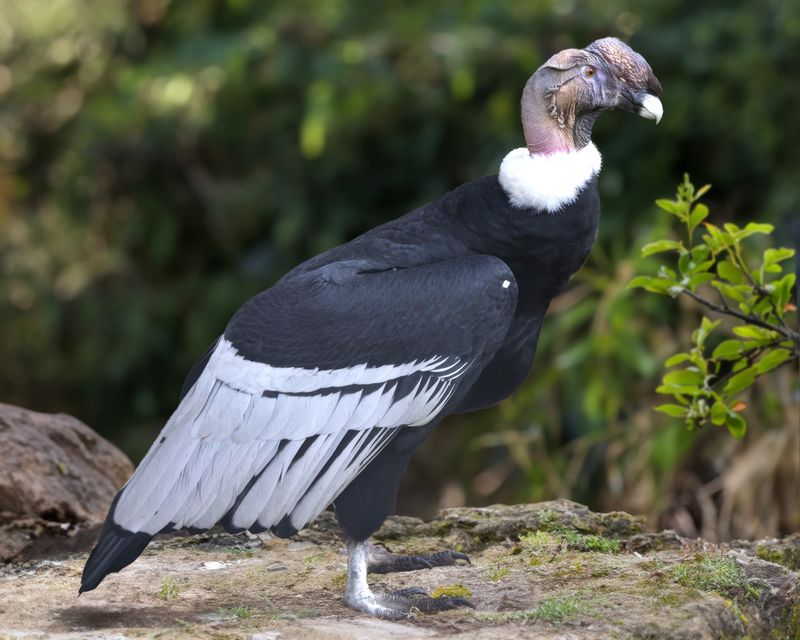
The Andean condor, with its massive wingspan and graceful flight, is a powerful symbol of freedom in South America.
This majestic bird represents Colombia’s deep connection to the Andes and its commitment to preserving natural heritage.
Known for gliding effortlessly over vast landscapes, the condor embodies the spirit of exploration and resilience in tough environments.
As a symbol of strength, it reflects the adaptability needed to thrive in the high Andes, where life can be challenging.
15. Iberian Lynx – Spain
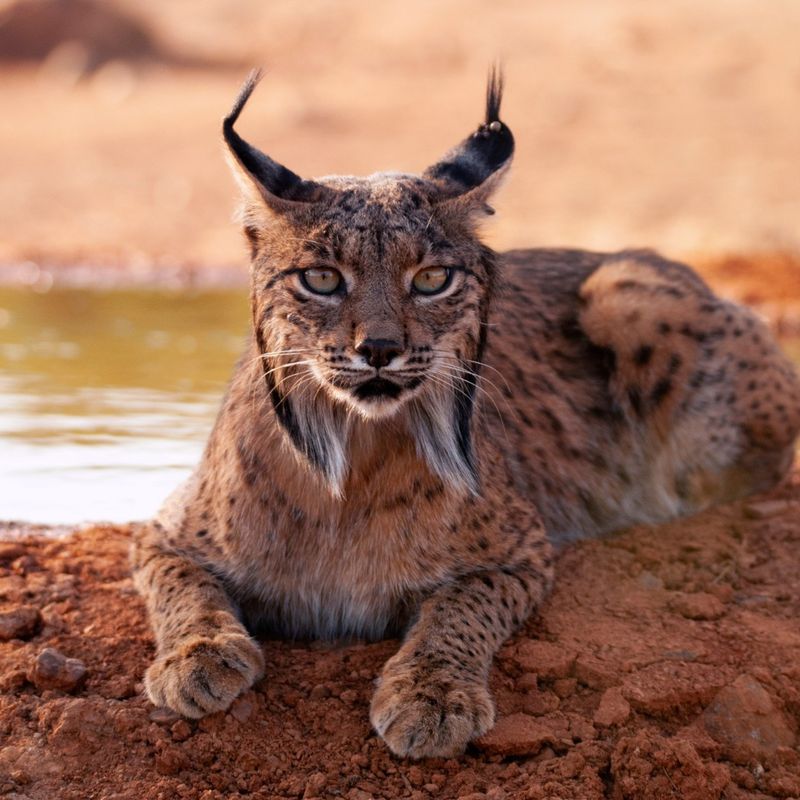
The Iberian lynx, one of the world’s most endangered cats, is a symbol of resilience and conservation in Spain.
With its tufted ears and striking coat, it embodies the wild beauty of the Iberian Peninsula.
Living in the Mediterranean scrubland, the lynx’s survival depends on the health of its ecosystem.
This elusive predator’s remarkable recovery from near extinction showcases the power of dedicated conservation work.
16. Okapi – Democratic Republic Of Congo
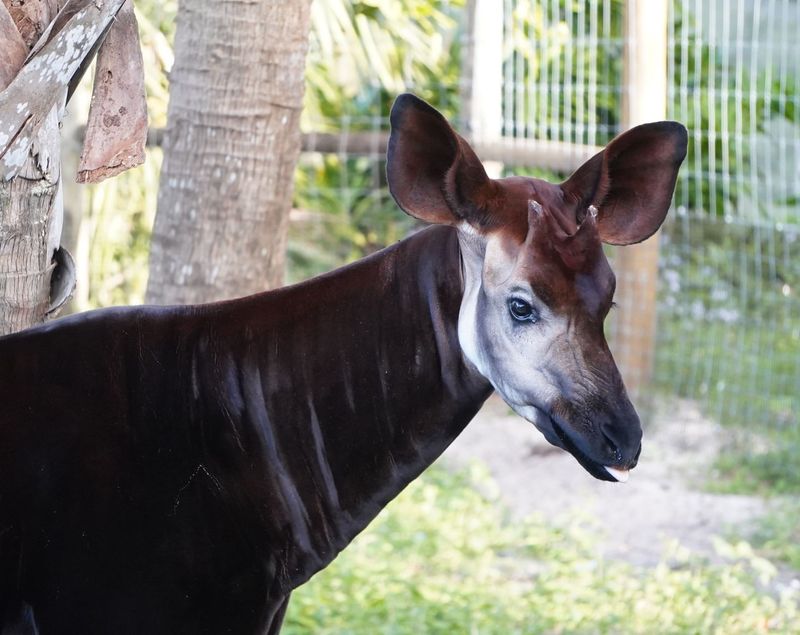
The okapi, often called the “forest giraffe,” is a symbol of mystery and rarity in the Democratic Republic of the Congo.
Its striking appearance and elusive nature make it one of the most captivating creatures in the world.
Living in dense rainforests, the okapi’s natural camouflage helps it blend into its surroundings, symbolizing the hidden wonders of the Congo’s wilderness.
Discovered in the early 20th century, the okapi put a spotlight on the Congo’s rich biodiversity and the need to protect its ecosystems.
As a national symbol, the okapi represents the beauty and uniqueness of the region, inspiring efforts to conserve its natural habitat.


